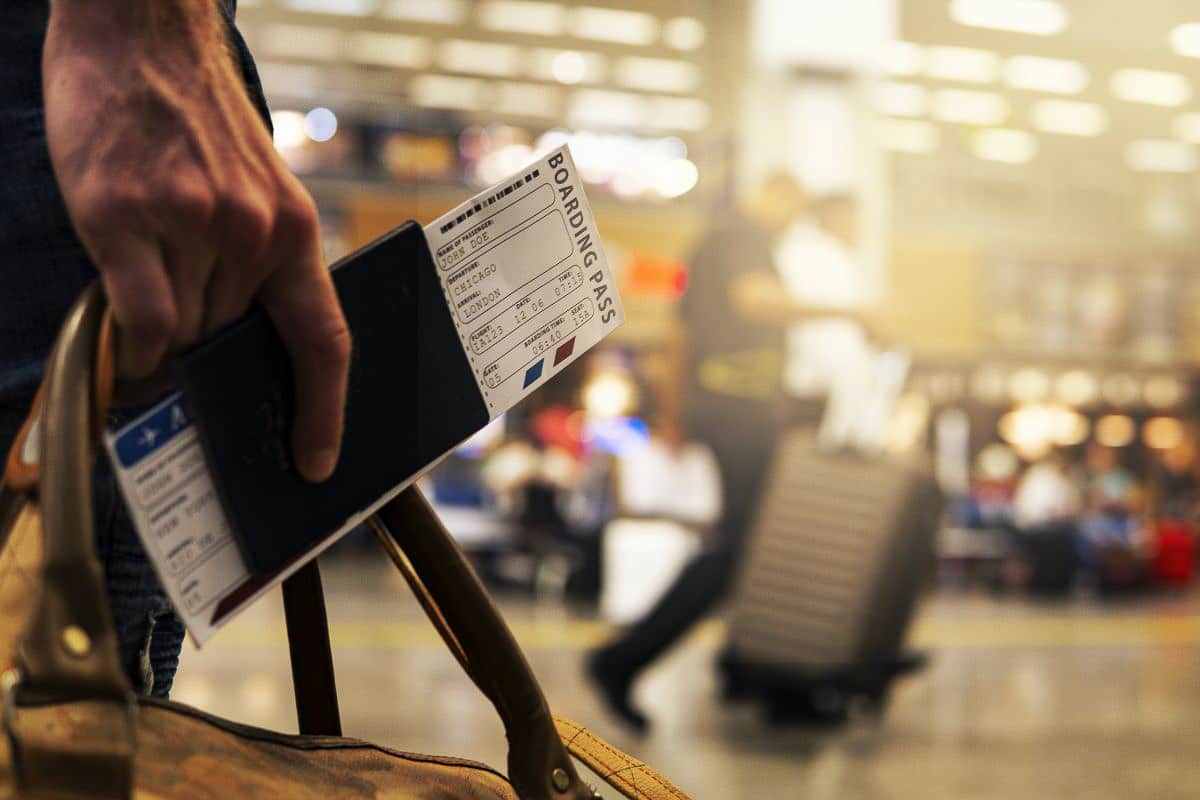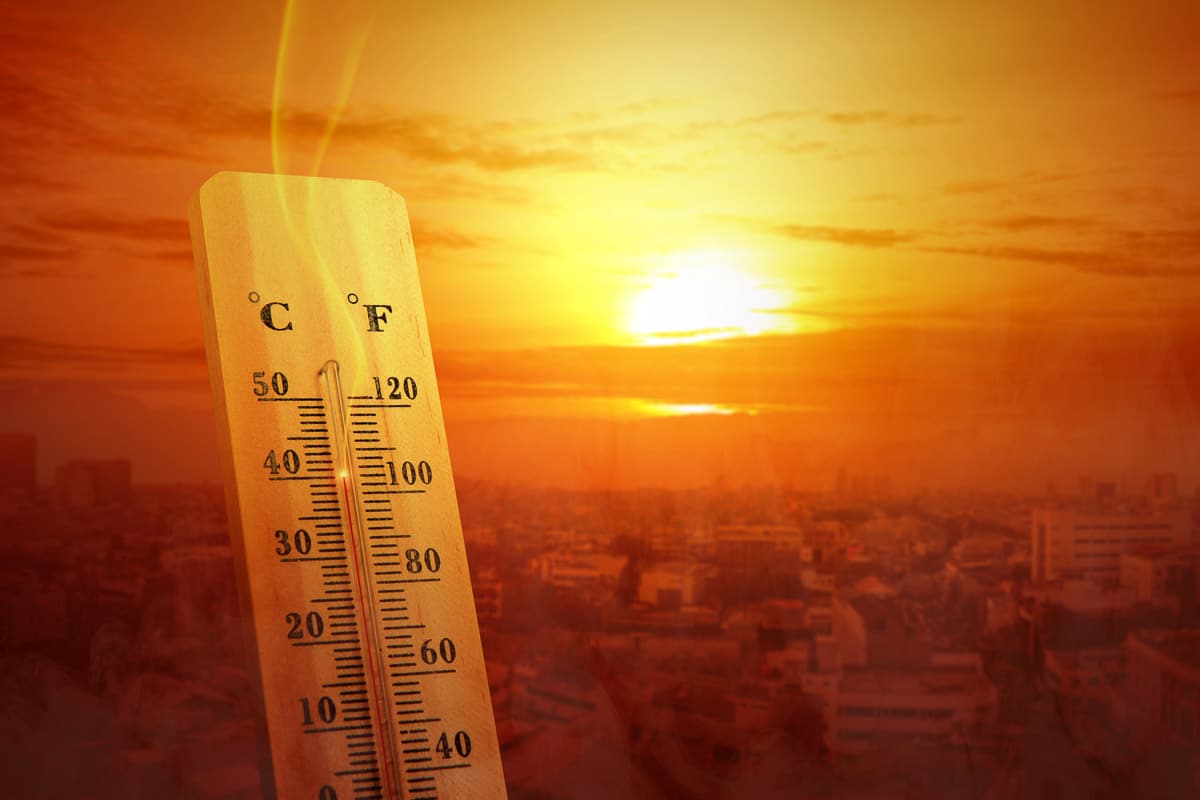It’s undeniable that we are experiencing a rapid increase in prolonged droughts, historic rainstorms, massive fires – and frequent earthquakes. Sometimes a combination. As these impactful events are becoming more common and dangerous they are increasingly forcing rapid evacuations from home, so it pays to be prepared, even if you think it can never happen to you. Here is what you need to know about creating an emergency evacuation kit according to the Red Cross and CDC.
Choose the Right Container

Choose a durable and waterproof container to hold your emergency supplies. A backpack, plastic bin, or duffel bag works well. Place this somewhere you can quickly and easily grab it to put in your vehicle.
Essential Documents

Keep copies of important documents such as identification, insurance policies, medical records, and contact information for family members in a sealed plastic bag. We put all of ours into a three ring binder and then into the plastic bag.
Food and Water

Pack non-perishable, high-energy foods like granola bars, canned goods, dried fruits, and nuts. Aim for at least a 72-hour supply of food and water (1 gallon per person per day). You can also consider buying a portable water filter often used for camping.
First Aid Supplies

Include a comprehensive first aid kit with bandages, antiseptic wipes, adhesive tape, tweezers, scissors, pain relievers, and any prescription medications you might need.
Hand Crank Emergency Radio

Because severe weather can rapidly develop, it’s crucial to allow ample preparation time. Emergency radios offer an advantage by granting access to NOAA weather frequencies that warn about imminent or ongoing weather events such as floods, hurricanes, and tornadoes, and many are equipped with hand cranks and solar panels for prolonged use during emergencies and outdoor activities. Some of them now have the ability to charge your cell phone.
Clothing and Bedding

Pack a change of clothes, sturdy shoes, rain gear, and warm clothing. Additionally, include blankets or sleeping bags for warmth.
Personal Hygiene Items

Include toiletries like toothbrushes, toothpaste, soap, hand sanitizer, menstrual products , diapers or pull-ups if you have young children, and any other personal hygiene items you might need.
General Supplies

Add a multi-tool, flashlight with extra batteries, matches, a whistle, duct tape, and a portable radio for communication.
Cash

Keep some small denominations of cash in case ATMs and credit card systems are unavailable.
Special Needs Items

If you or any family members have special medical needs, include supplies like hearing aids, spare eyeglasses, medical equipment, medications and mobility aids.
Pet Supplies

If you have pets, pack food, water, leashes, carriers, and any necessary medications for them.
Entertainment and Comfort

Include items like books, games, playing cards, and comfort items for children to help pass the time and reduce stress.
Local Maps

Have maps of your area in case GPS systems fail or you need to navigate alternative routes.
Contact Information

Write down emergency contact numbers and important local contacts, such as the nearest hospitals and shelters. You can include this in your three ring binder along with your other important papers.
Important Tools

Include a wrench or tools to turn off utilities like gas, water, and electricity.
Regular Check and Update

Make a plan with your family about what to do in case of a need to evacuate your home. Ensure you also cover what to do if you are not all at home together. Agree on how you will get in touch or find each other if all communication systems are down.
Learn more here: https://www.ready.gov/evacuation
Periodically review and update your kit to ensure all supplies are current and in good condition.
Remember that the contents of your emergency kit may vary based on your individual needs, family size, and location. Store the kit in an easily accessible and well-known place, and make sure all family members know where it is located. Regularly review and update the kit to ensure its effectiveness in times of need.
Get Through Airport Security Quickly with These Newly Released TSA Tips

Flying can be exciting, as well as daunting, and “getting through security”, as we tend to reference it, always feels like a chore. Is the line going to be long? Will I get there in time, or miss my flight? How can I make this required step go as smoothly as possible? The Transportation Security Administration (TSA) manages the security checkpoints, and on August 8, 2023 they released a new list of helpful suggestions to make your experience as smooth as possible.
Here are the TSA’s 6 dos and 6 don’ts for you to take into consideration. Some require planning ahead, so read carefully. Happy travels!
Read: Get Through Airport Security Quickly with These Newly Released TSA Tips
Heatwaves To End All Heatwaves! 8 Historic Heatwaves We Have Sweated Through Before

According to numerous studies, the summers in the US are becoming longer, hotter – and dangerous. A July 2023 article in the Washington Post details some of the incendiary mayhem. Reno, Nevada is ground zero with summer temperatures having risen 10.9°F since the 1970s, making it the fastest warming city in the nation. There have been literally weeks of consistent 100°F plus temperatures in Arizona, with no end in site. Let’s take a look at heatwaves throughout the ages. Maybe it will make us feel a tad cooler?
READ: Heatwaves To End All Heatwaves! 8 Historic Heatwaves We Have Sweated Through Before






